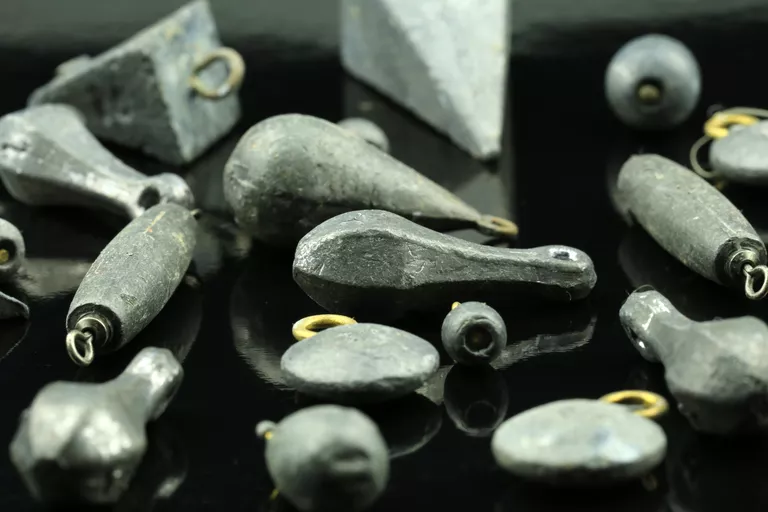
The words lead vs. led are particularly tricky because sometimes they sound alike and sometimes they don’t.
- Led (which rhymes with red) is both the past and past participle form of the verb lead (which rhyme with deed). The verb lead means to guide, direct, or bring to a conclusion
They led us to believe we were welcome guests.
This advice led us to victory.
The research leads to an astonishing discovery.
She leads the party through the marshland with incredible ease. - The noun lead (which rhymes with red) refers to the metal (as in a ‘lead pipe’).
To use lead as a noun or adjective when you mean the metal, you can craft a sentence such as:
My car runs on leaded petrol.
The yield in lead is over 90%, in silver over 97% and in gold 100%. - The noun lead (which rhymes with deed) refers to an initiative, and example, or a position at the front (in the lead).
In the next project I’ll take the lead and it will be my responsibility to bring it to completion.
The shout went unnoticed until the panicked bartender grabbed the mike of the lead rocker.
This sentence uses lead in the sense of having a position in front of.
The verb lead and the noun lead are homographs: words that have the same spelling but differ in meaning, and sometimes pronunciation.
How to Remember the Difference
A few memory tricks can help you keep the various meanings straight. You might remember:
- I like to lead with an ace, but previously, when I didn’t have any aces, I led with a lower card.
Or you might try another memory trick like:
- He took the lead (/liːd/) in letting everyone know that lead (/led/) led (/led/)to the decline of the Roman Empire.
- Exposure to lead (/led/) in paint may lead (/liːd/) to serious health problems.
This may help you remember that lead, meaning a leadership position, is pronounced with a long “e,” while led as the past tense of lead, as well as
the metal, is pronounced with a short “e.”
And What About L.E.D.? You May Ask
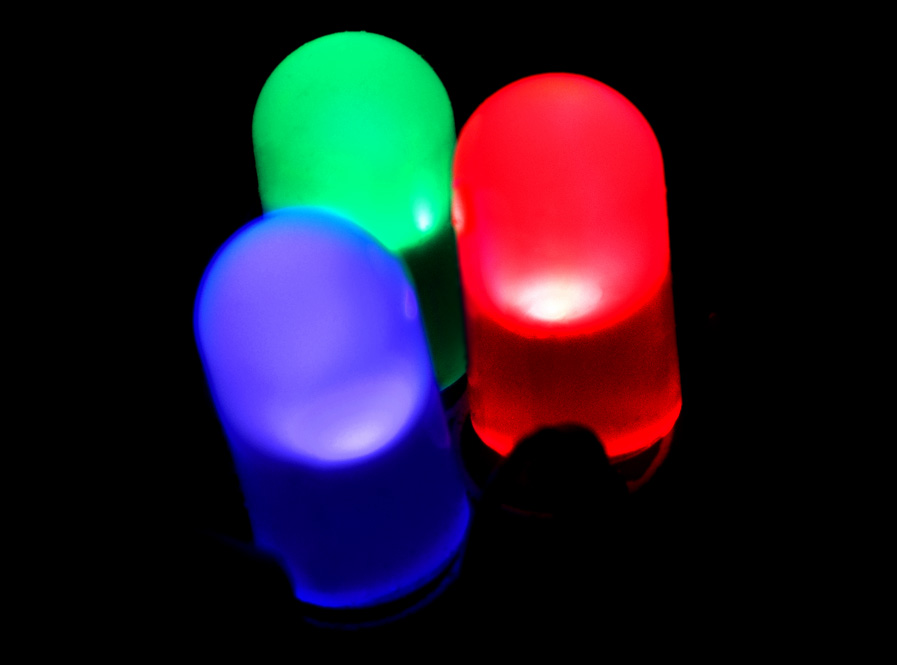
L.E.D. is not exactly a word rather an acronym not to be confused with lead or led. It stands for light-emitting diode. This is a semiconductor light source that emits light when current flows through it.
But, what about you? What pair of words gets you confused? Why don’t you share it with us by LEAVING A MESSAGE IN THE COMMENT SECTION BELOW and help adding to the list of this series!
These bitesize mini-lessons are given to you complimentary when you sign up and join the English Connection community.
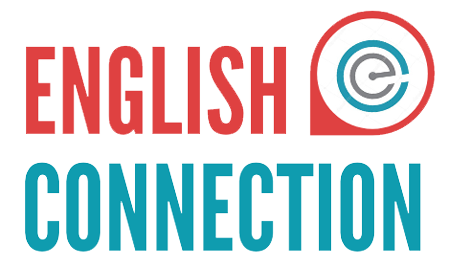


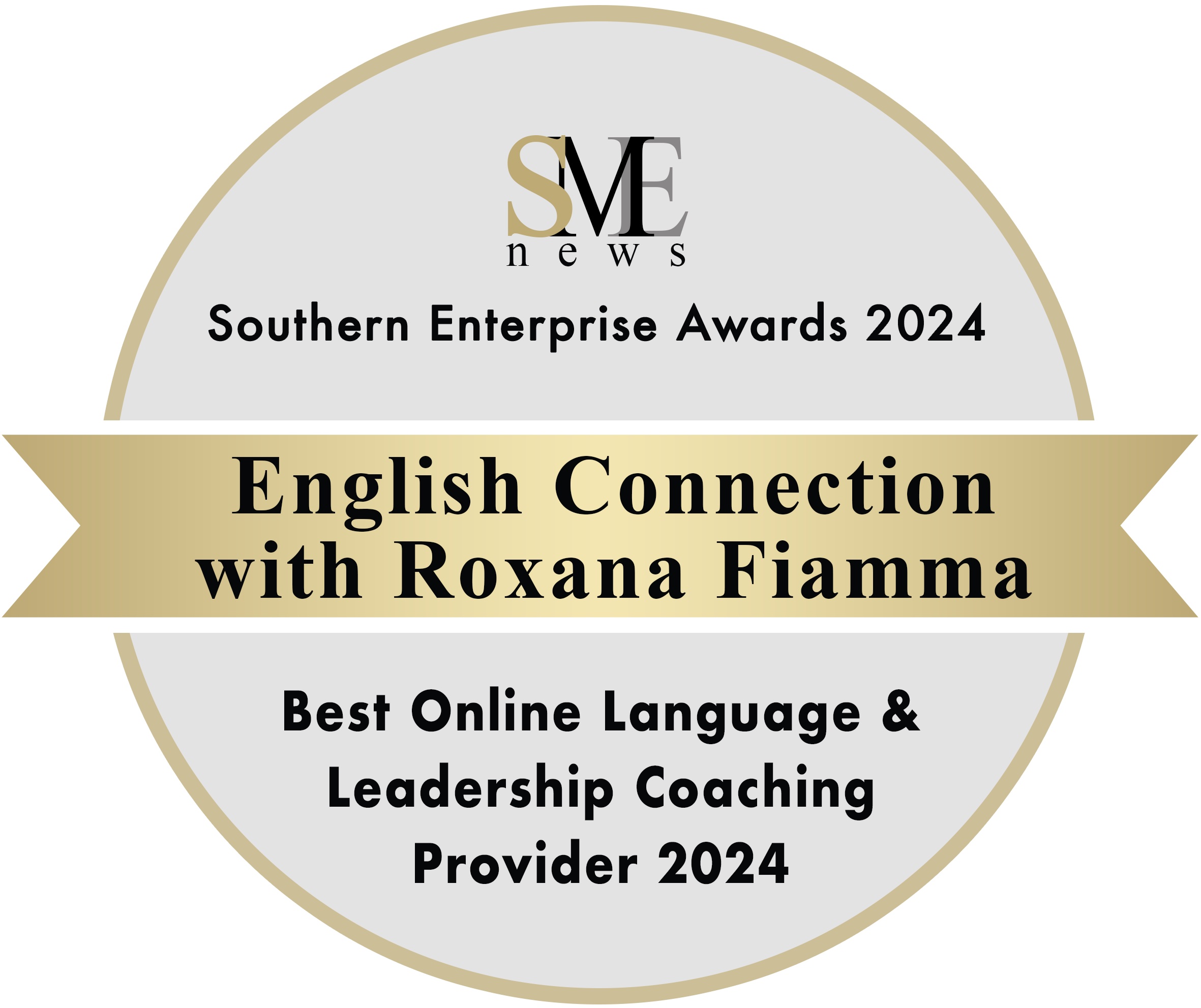
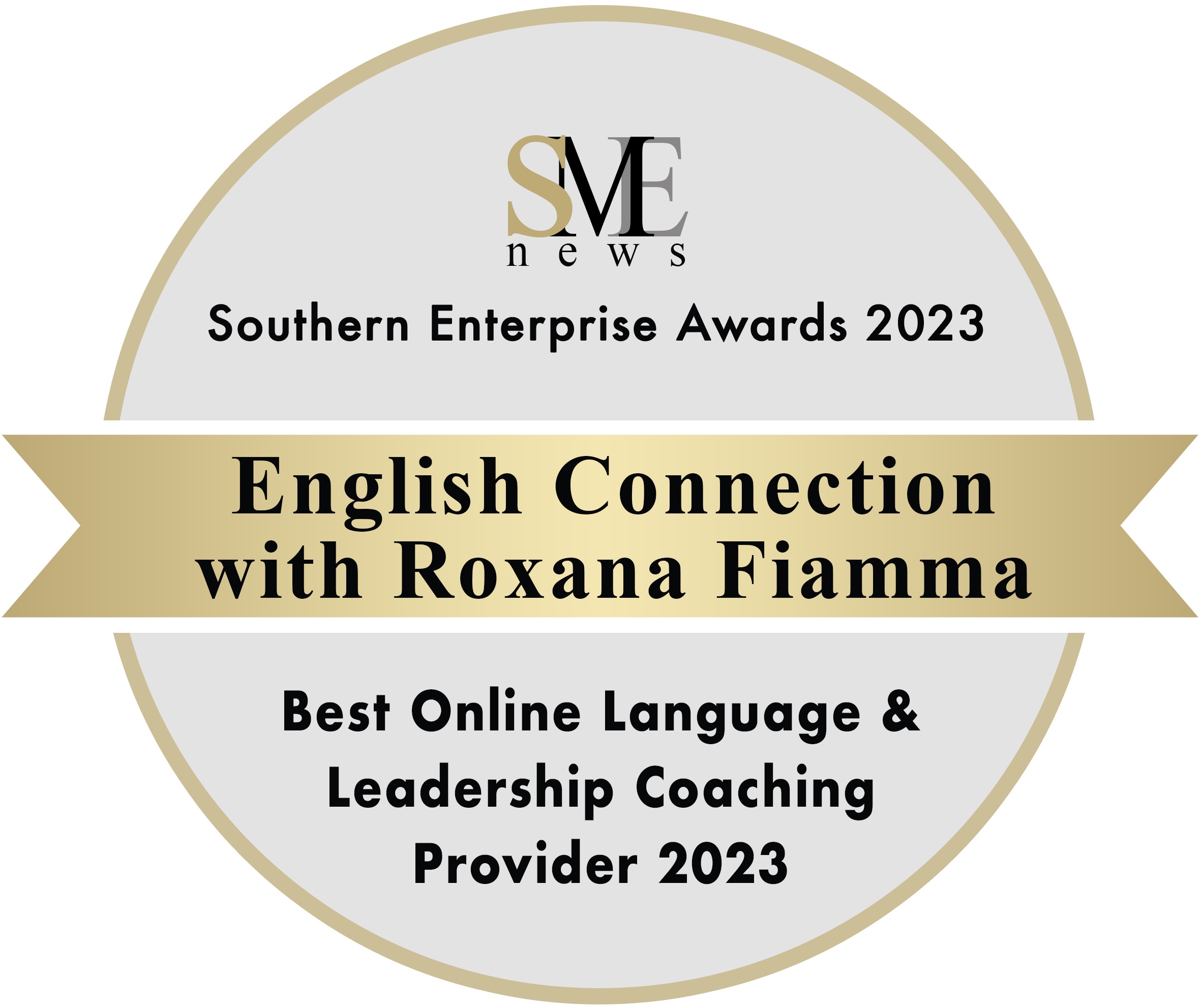

0 Comments